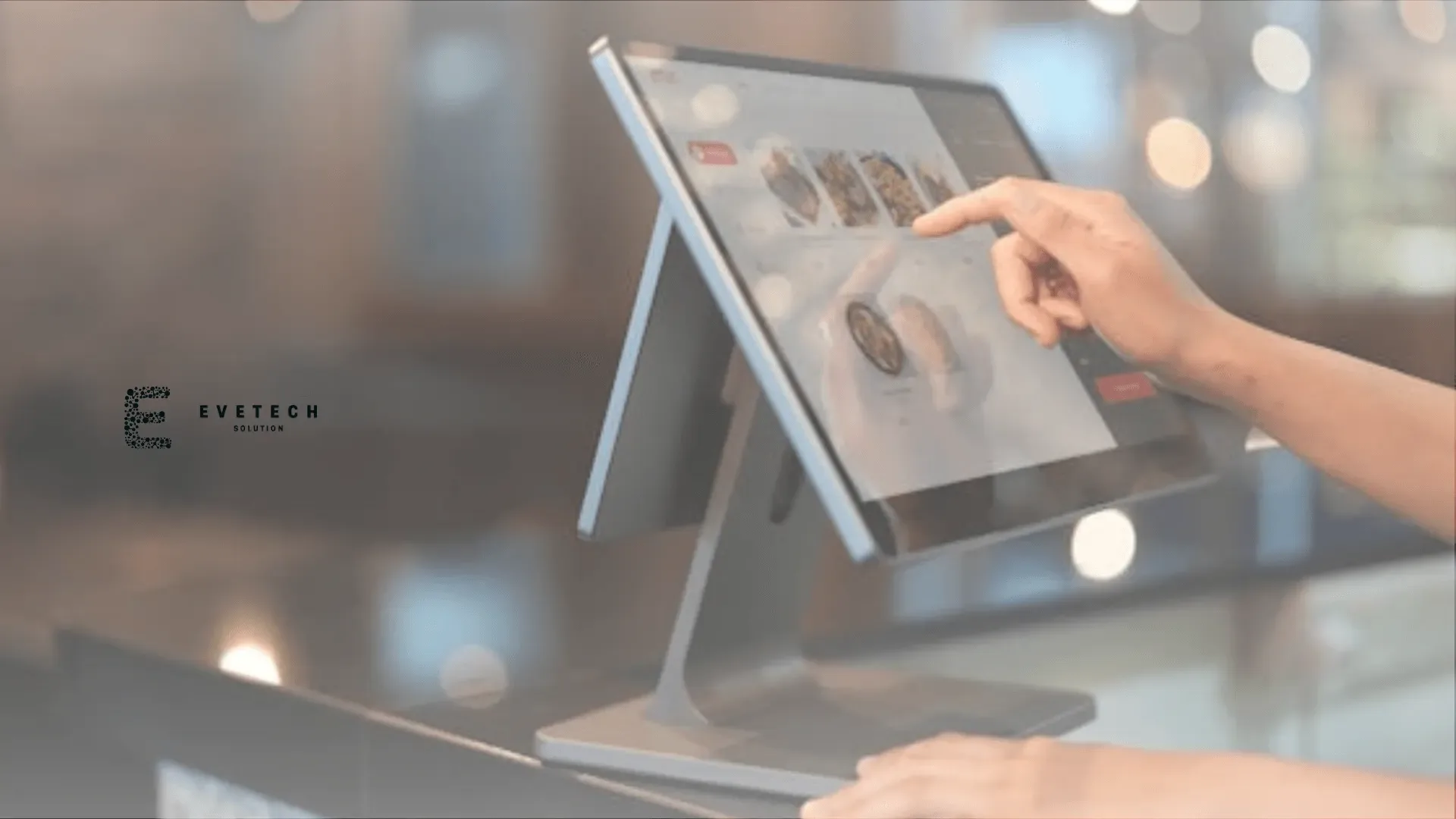UI and UX: Definitions, Significance, and Essential Skills for Designers
November 23, 2023

Introduction
In the dynamic realm of design and technology, the terms UI (User Interface) and UX (User Experience) often surface, playing pivotal roles in shaping the digital landscape. Frequently used interchangeably, UI and UX represent distinct facets of the design process, each wielding considerable influence over user satisfaction and interaction with digital products. This comprehensive article seeks to illuminate the disparities between UI and UX, providing an in-depth understanding of their definitions and exploring the crucial skills associated with each discipline.
UI/UX: A Holistic Exploration
![]()
UI (User Interface)
User Interface, at its core, pertains to the visual elements and interactive features that constitute a digital product. It encompasses the entirety of what users can interact with—ranging from buttons and icons to screens and pages. The crux of UI design lies in crafting an aesthetic and intuitive interface that fosters seamless user interaction. Designers, in the realm of UI, are the architects of the digital facade, ensuring it is not only visually appealing but also user-friendly.
UX (User Experience)
In contrast, User Experience transcends the visual and delves into the entirety of a user's journey with a product. It goes beyond the surface-level aesthetics, delving into the realm of emotions and perceptions. UX design is a multidisciplinary field that focuses on understanding user behaviors, needs, and motivations to optimize overall satisfaction and usability. This involves a meticulous process of research, usability testing, and the creation of user personas, all geared toward creating an environment where users not only accomplish tasks efficiently but enjoy the journey.
Key Differences Demystified
![]()
-
Scope UI : Primarily concerned with the look and feel of the product. UX : Encompasses the entire user journey, from discovery to post-interaction impressions.
-
Focus UI : Aesthetic design, layout, and interactive elements. UX : User research, usability, and the holistic user experience.
-
Objectives UI : Creating a visually appealing and intuitive interface. UX : Enhancing overall user satisfaction, ensuring usability, and optimizing the entire user journey.
Capabilities Related Skills to UI UX
UI Skills
- Graphic Design Mastery of design principles, visual hierarchy, and aesthetics.
- Color Theory Understanding the psychological impact of colors on user perception.
- Typography Selection and implementation of fonts for readability and visual appeal.
- Branding Incorporating brand elements cohesively within the interface.
- Iconography Designing clear and communicative icons for enhanced user understanding.
- Wireframing Creating visual blueprints of the interface structure and layout.
UX Skills
- User Research Conducting thorough research to understand user behaviors, needs, and pain points.
- Information Architecture Structuring and organizing content to facilitate seamless navigation.
- Persona Creation Developing user personas to represent the target audience.
- Usability Testing Evaluating the product's usability through real user interactions.
- Prototyping Creating interactive prototypes to visualize and test the user journey.
- Interaction Design Defining how users will interact with the product at each stage.
The Interconnected of UI and UX
While UI and UX are distinctive disciplines, they are undeniably interconnected, forming a symbiotic relationship in the design ecosystem. A visually stunning UI without a thoughtful UX may lead to frustration and dissatisfaction among users, while an exceptional UX housed within a lackluster UI may fail to capture users' attention.
Design professionals should strive to possess a harmonious blend of UI and UX skills to deliver digital products that transcend mere functionality and form. The ideal digital experience seamlessly combines aesthetic appeal with user-centric functionality, ensuring not only efficient task completion but also an enjoyable and memorable interaction.
Conclusion
In conclusion, the Interconnected relationship between UI and UX is integral to the creation of digital products that resonate with users on multiple levels. UI, with its focus on visual aesthetics and interactive elements, complements the broader canvas of UX, which is concerned with the entire user journey and experience. Designers who navigate the dynamic landscape of UI/UX with a nuanced understanding of both disciplines are poised to create digital solutions that not only meet but exceed user expectations.
In an era where user expectations are continually evolving, embracing a holistic approach to design—one that harmonizes UI and UX—is imperative for designers and developers seeking to craft digital experiences that stand the test of time. As the UI/UX landscape continues to evolve, those at the forefront of design innovation will be the ones shaping the digital experiences of tomorrow.
Source
- Foto oleh cottonbro studio
- Foto oleh Firmbee
- Foto oleh Firmbee
- Foto oleh Firmbee


